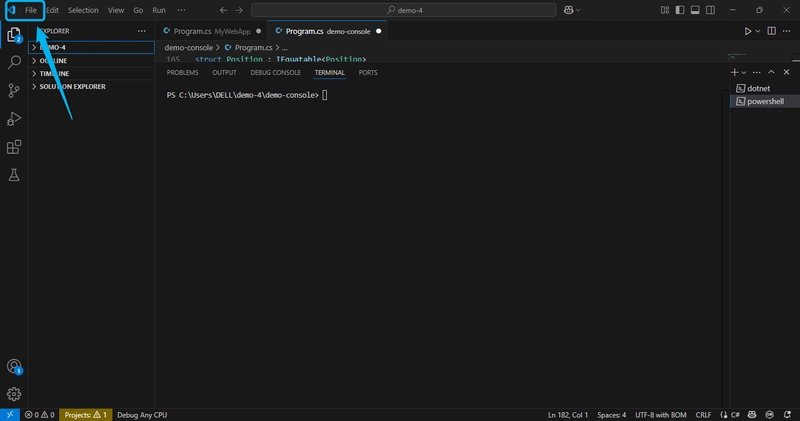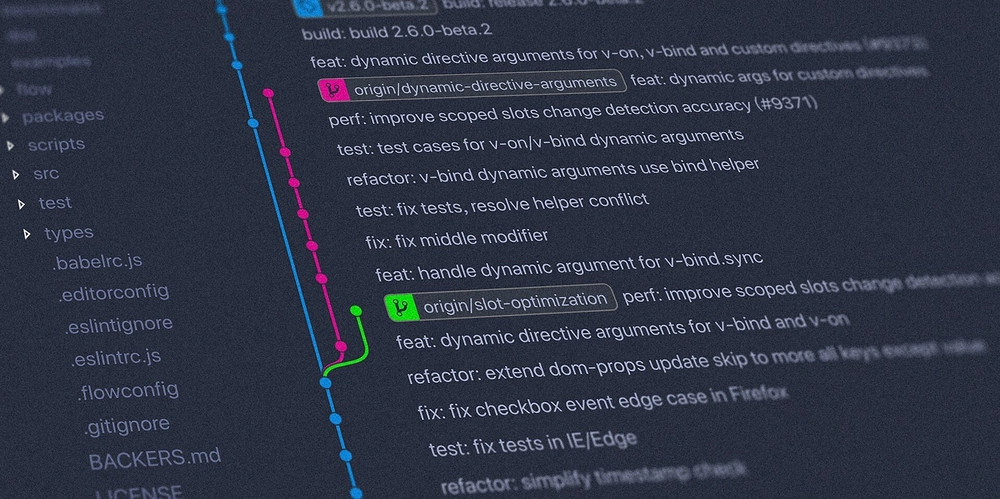Building an NSFW Image Generator with Next.js, React, and Sentry: A Technical Journey
Building an NSFW Image Generator with Next.js, React, and Sentry: A Technical Journey In the rapidly evolving field of AI, creating an NSFW (Not Safe For Work) image generator poses unique challenges and opportunities. This article delves into how we built an NSFW image generator using Next.js, React, and Sentry, focusing on the technical aspects that make such a project possible. Introduction The ability to generate images from text prompts has opened new horizons in AI development. NSFW image generators, in particular, require careful handling due to the sensitive nature of the content. We'll explore the technologies used in building Spark AI's NSFW Image Generator and provide insights into the development process. Technologies Used Next.js and React We leveraged Next.js, a powerful React framework, to build the server-side rendering and static site generation capabilities necessary for our application. React's component-based architecture allowed us to create reusable UI components, streamlining the development process. Sentry for Error Tracking To monitor performance and catch exceptions in real-time, we integrated Sentry into our application. This error-tracking tool helped us maintain the reliability and stability of the NSFW image generator. Other Tools and Libraries Webpack: Used as the module bundler to compile JavaScript modules. Google OAuth: Implemented for authentication purposes. HTML5 and CSS3: Employed for structuring and styling the application. Setting Up the Next.js Project To get started, we initialized a new Next.js project: bash npx create-next-app nsfw-image-generator cd nsfw-image-generator Project Structure The project follows the typical Next.js structure: /pages: Contains the application's pages. /components: Houses reusable React components. /public: Stores static assets like images and fonts. Implementing the Frontend Creating the Layout We designed a responsive layout using CSS modules and styled JSX. The header includes navigation links and authentication buttons: x // components/Header.jsx import Link from 'next/link'; function Header() { return (

Building an NSFW Image Generator with Next.js, React, and Sentry: A Technical Journey
In the rapidly evolving field of AI, creating an NSFW (Not Safe For Work) image generator poses unique challenges and opportunities. This article delves into how we built an NSFW image generator using Next.js, React, and Sentry, focusing on the technical aspects that make such a project possible.
Introduction
The ability to generate images from text prompts has opened new horizons in AI development. NSFW image generators, in particular, require careful handling due to the sensitive nature of the content. We'll explore the technologies used in building Spark AI's NSFW Image Generator and provide insights into the development process.
Technologies Used
Next.js and React
We leveraged Next.js, a powerful React framework, to build the server-side rendering and static site generation capabilities necessary for our application. React's component-based architecture allowed us to create reusable UI components, streamlining the development process.
Sentry for Error Tracking
To monitor performance and catch exceptions in real-time, we integrated Sentry into our application. This error-tracking tool helped us maintain the reliability and stability of the NSFW image generator.
Other Tools and Libraries
- Webpack: Used as the module bundler to compile JavaScript modules.
- Google OAuth: Implemented for authentication purposes.
- HTML5 and CSS3: Employed for structuring and styling the application.
Setting Up the Next.js Project
To get started, we initialized a new Next.js project:
bash
npx create-next-app nsfw-image-generator
cd nsfw-image-generator
Project Structure
The project follows the typical Next.js structure:
-
/pages: Contains the application's pages. -
/components: Houses reusable React components. -
/public: Stores static assets like images and fonts.
Implementing the Frontend
Creating the Layout
We designed a responsive layout using CSS modules and styled JSX. The header includes navigation links and authentication buttons:
x
// components/Header.jsx
import Link from 'next/link';
function Header() {
return (












































































































































































![[The AI Show Episode 142]: ChatGPT’s New Image Generator, Studio Ghibli Craze and Backlash, Gemini 2.5, OpenAI Academy, 4o Updates, Vibe Marketing & xAI Acquires X](https://www.marketingaiinstitute.com/hubfs/ep%20142%20cover.png)




























































































































![[DEALS] The Premium Learn to Code Certification Bundle (97% off) & Other Deals Up To 98% Off – Offers End Soon!](https://www.javacodegeeks.com/wp-content/uploads/2012/12/jcg-logo.jpg)

![From drop-out to software architect with Jason Lengstorf [Podcast #167]](https://cdn.hashnode.com/res/hashnode/image/upload/v1743796461357/f3d19cd7-e6f5-4d7c-8bfc-eb974bc8da68.png?#)








































































































.png?#)


































_Christophe_Coat_Alamy.jpg?#)


.webp?#)





































































































![Apple Considers Delaying Smart Home Hub Until 2026 [Gurman]](https://www.iclarified.com/images/news/96946/96946/96946-640.jpg)
![iPhone 17 Pro Won't Feature Two-Toned Back [Gurman]](https://www.iclarified.com/images/news/96944/96944/96944-640.jpg)
![Tariffs Threaten Apple's $999 iPhone Price Point in the U.S. [Gurman]](https://www.iclarified.com/images/news/96943/96943/96943-640.jpg)




































































































































